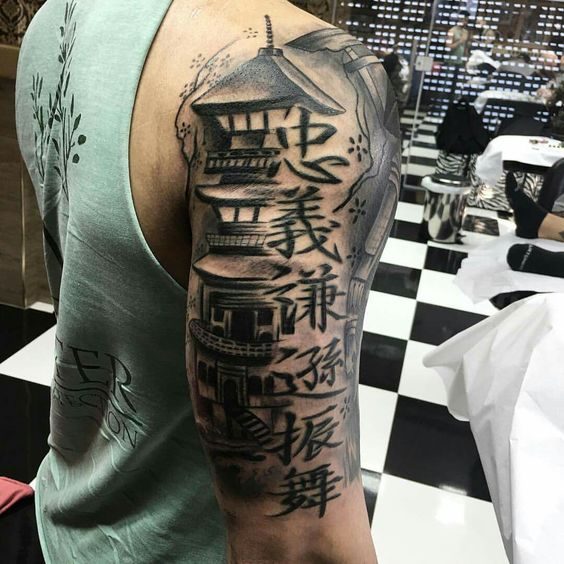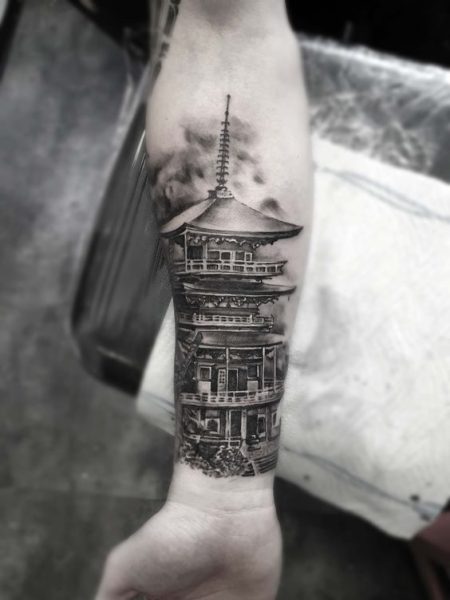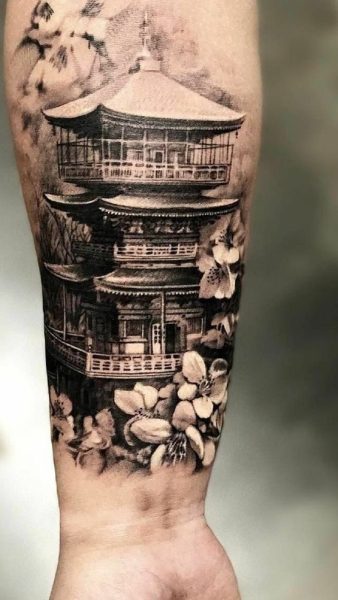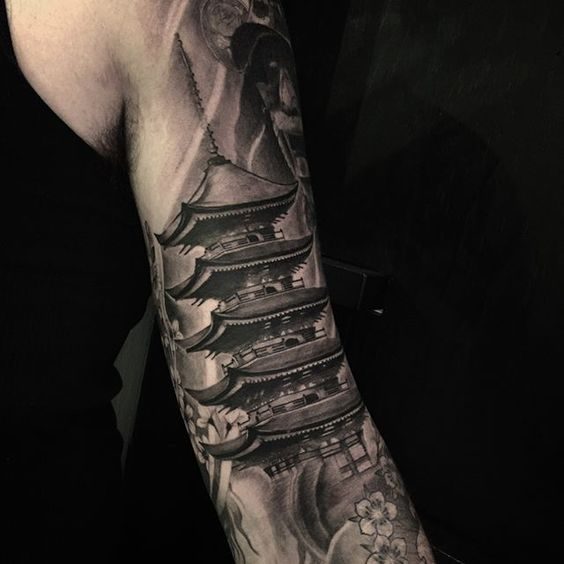
Embarking on a journey through the captivating world of traditional Japanese tattoo designs unveils a rich tapestry of artistry and cultural significance. Rooted in centuries-old traditions, these tattoos, known as irezumi, have transcended their origins and become a global phenomenon. In this article, we will delve into the aesthetic mastery and symbolic depth that define traditional Japanese tattoo art, offering a glimpse into a world where ink becomes a living canvas for cultural expression.
The Artistic Mastery of Traditional Japanese Tattoo Designs:
Traditional Japanese tattoos are celebrated for their meticulous detail, vibrant colors, and masterful use of symbolism. Artists draw inspiration from ukiyo-e woodblock prints, kabuki theater, and classical Japanese art, weaving these influences into intricate and mesmerizing designs. The use of flowing lines, bold contrasts, and dynamic compositions distinguishes these tattoos, creating a visual spectacle that demands attention.

One hallmark of traditional Japanese tattoo artistry is the full-body tattoo suit, known as “irezumi bodysuit” or “horimono.” These expansive and interconnected designs transform the wearer into a walking masterpiece, telling a narrative that unfolds with each tattooed element.
Symbolism Woven into the Skin:
Beyond their visual appeal, traditional Japanese tattoos are steeped in profound symbolism, each motif conveying specific meanings and cultural significance. Some common elements include:

- Koi Fish: Symbolizing perseverance and overcoming adversity, the koi fish is a popular motif in Japanese tattoos. The image often depicts the fish swimming upstream, representing the journey of life and the determination to face challenges.
- Cherry Blossoms: These delicate flowers are associated with the transient nature of life. The fleeting beauty of cherry blossoms serves as a reminder of the impermanence of all things, encouraging an appreciation for the present moment.
- Dragons: A symbol of power, strength, and good fortune, dragons are prevalent in traditional Japanese tattoos. These mythical creatures are often depicted in dynamic poses, surrounded by clouds and flames, creating a sense of movement and energy.
- Peony Flowers: Representing wealth, prosperity, and good fortune, peony flowers are a popular choice in Japanese tattoo art. The vibrant and lush blooms are often paired with other elements to enhance their symbolic meaning.
Cultural Significance and Historical Roots:

Traditional Japanese tattoos have deep roots in the country’s history and culture. Originally associated with the criminal underworld, these tattoos evolved over time to become a mark of honor and a representation of personal and cultural identity. The intricate process of hand-poking or “tebori” by skilled artisans further emphasizes the traditional nature of these tattoos, preserving ancient techniques in a modern world.
The Global Appeal and Modern Resurgence:
In recent decades, traditional Japanese tattoo designs have gained immense popularity on a global scale. Tattoo enthusiasts worldwide seek out skilled artists who can capture the essence of this time-honored art form. The fusion of traditional Japanese motifs with contemporary styles has led to a resurgence of interest, creating a dynamic landscape where the old and the new converge.
Conclusion:

Traditional Japanese tattoo designs stand as timeless testaments to the fusion of art, culture, and symbolism. From the meticulous craftsmanship to the profound meanings embedded in each motif, these tattoos continue to captivate and inspire. As the global appreciation for traditional Japanese tattoo art grows, the legacy of irezumi lives on, ensuring that this ancient tradition remains vibrant and relevant in the ever-evolving world of body art.





